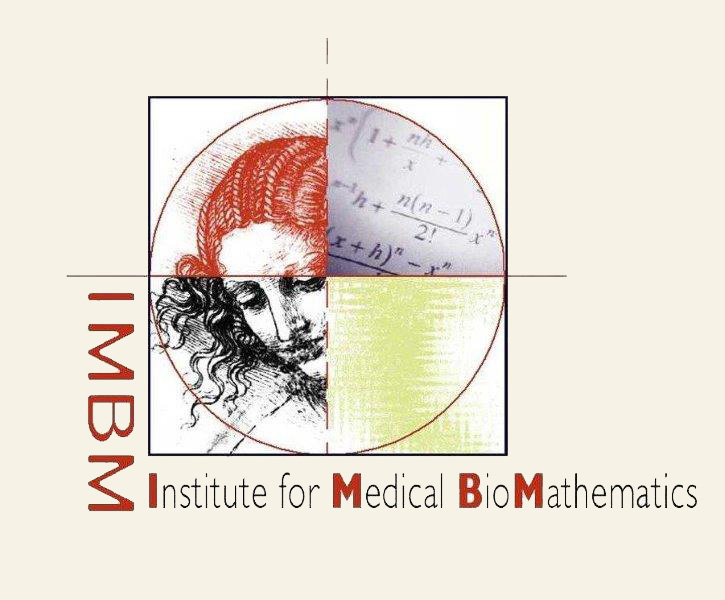
Dror Sherf
Dror holds an M.Sc. degree in Physical and Theoretical Chemistry from the Hebrew University of Jerusalem. During his studies, he investigated the ligand-induced conformational dynamics of several proteins, using Molecular Dynamics simulations and X-ray crystallography. His further experience includes mathematical and physical modeling of biological membranes and computer-aided drug discovery, via analytical and computational methods. Dror joined IMBM in October 2021 and is now involved in the COVID-19 project.
Scientific activity in 2021
Since joining the institute, Dror has focused about viral and immune dynamics in human, specifically studying the immune response against COVID-19. SARS-CoV-2 infection is characterized by an acute hyperinflammatory response, and a cytokine storm. These can result in a chain of processes which may lead to an acute respiratory distress syndrome (ARDS), along with an extreme deterioration in patient’s health. To enable prediction of such life-threatening conditions, Dror works with Dr. Anat Ben-Yaacov to determine the driving forces and interactions in the system. This network of interactions will be then translated into a system of nonlinear differential equations to be solved numerically. The model will be further enhanced by considering clinical data and relevant literature in the field.
Scientific activity in 2022
In the coming year, Dror will refine the model, to gain a comprehensive, yet simple system, sufficiently capable of quantifying the complex behaviour of the immune response to COVID-19 in individual patients. Subsequently, different parameters for each term will be estimated, based on literary information, clinical data and a population model, until the closest reconstruction of the dynamic behavior, as evident from the clinical data, is reached. Model validation will be performed using real-world data of patients from major hospitals in Israel.
Following the validation of the mechanistic model, it will be tailored together with an in-house machine learning algorithm, potentially culminating in an advanced algorithm which may offer a clinical insight for personal treatment in COVID-19 patients.
Publications
-
-
Barber-Zucker, S., Uebe, R., Davidov, G., Navon, Y., Sherf, D., Chill, J. H., Kass, I., Bitton, R., Schüler, D. & Zarivach, R. (2016). Disease-Homologous Mutation in the Cation Diffusion Facilitator Protein MamM Causes Single-Domain Structural Loss and Signifies Its Importance. Scientific Reports, 6, 31933.
-
Tam, B., Sherf, D., Cohen, S., Eisdorfer, S.A., Peretz, M., Soffer, A., Vilenchik, D., Akabayov, S.R., Wagner, G. & Akabayov, B. (2019). Discovery of small-molecule inhibitors targeting the ribosomal peptidyl transferase center (PTC) of M. tuberculosis, Chemical Science,10(38), 8764-8767.
-
Singh, M., Ilic, S., Tam, B., Ben‐Ishay, Y., Sherf, D., Pappo, D., & Akabayov, B. (2020). Dual‐Acting Small‐Molecule Inhibitors Targeting Mycobacterial DNA Replication. Chemistry–A European Journal, 26(47), 10849-10860.
-

